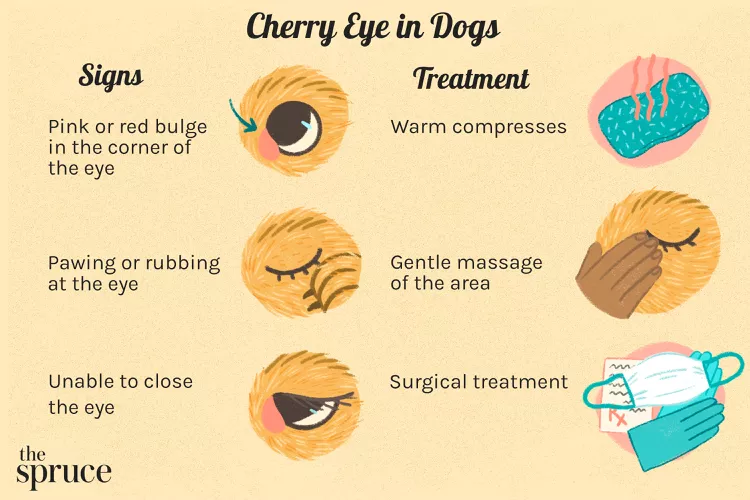
If you notice a pink or red growth in the corner of your dog's eye, it is likely the result of a prolapsed gland, more commonly known as cherry eye. Cherry eye is a condition in which the ligaments that keep the tear gland under the eyelid start to break down, and the gland prolapses or "pops out."
Cherry eye isn't always painful, but your dog may exhibit symptoms of discomfort that could worsen the condition. For example, dry eye is symptomatic of cherry eye and, if untreated, could lead to permanent vision impairment. Surgery is the only cure for cherry eye, and it's highly effective. The cause of cherry eye is unknown, but some breeds are more susceptible than others. Breeds with flat faces, known as brachycephalic breeds, are predisposed to cherry eye. Especially affected breeds include American cocker spaniels, shih tzus, and beagles.
Cherry eye is the result of a prolapsed nictitating membrane, also known as the third eyelid. This membrane serves as a protective layer for your dog's eye and contains a tear gland. The tear gland is kept in place by ligaments, but when those ligaments break down, the gland can prolapse and "pop out," creating the appearance of a red, cherry-like growth in the corner of your dog's eye. Cherry eye can come and go, or it can be constant in your dog's eye. It can develop in one or both eyes, and many dogs with a cherry eye in one eye will develop it in the other.
Cherry eye presents as a pink or red mass that grows at the corner of the eye. Typically, a cherry eye will be easily identifiable, even without other symptoms. Still, your dog may exhibit signs of discomfort from cherry eye, and its pain level may indicate increasing severity of the mass.
The clearest indicator of a prolapsed tear gland is the presence of a bulge in the corner of your dog's eye. Even if uncomfortable symptoms don't appear to accompany the mass, pay a visit to your vet to discuss treatment options.
Cherry eye might cause your dog to paw at the growth site. Usually, this is a result of itchiness rather than pain. Prolonged eye-scratching is dangerous because your dog may inadvertently damage its cornea.
The growth in your dog's eye may be large enough to make it so that your dog cannot fully close its eye. This is uncomfortable for your dog, and it can cause or exacerbate dry eye.
The inflamed third eyelid inhibits tear production, which causes inadequate lubrication in your dog's eye. The diminished tear production resulting from the prolapsed tear gland will often lead to dry eye. If untreated, dry eye can permanently impair your dog's vision.
The cause of cherry eye in dogs isn't fully understood, but it can largely be attributed to weak connective tissue in the eye. Some dog breeds are more prone to developing cherry eye than others.
Cherry eye is more common in some breeds than others. American cocker spaniels, shih tzus, beagles, Lhasa apsos, Pekingese, Maltese, basset hounds, Rottweilers, Neapolitan mastiffs, shar-peis, Boston terriers, Saint Bernards, and English bulldogs have a higher likelihood of developing cherry eye than other breeds. It is suspected that some dog breeds have weak connective tissue, making them more vulnerable to prolapse.
While cherry eye can develop at any age, it's more prevalent in dogs under 2 years old.
If another infection is compromising the health of your dog's eye, cherry eye may develop more readily.
If you suspect that your dog has cherry eye, your vet can examine your dog's eye to determine if a prolapsed gland has occurred. Fortunately, the diagnosis of cherry eye is straightforward, as the growth is easily identifiable.
Surgery is the only curable therapy for cherry eye, but your vet may begin treatment by prescribing topical anti-inflammatories or suggesting at-home remedies. Non-surgical treatment may relieve your dog of some discomfort but usually won't be enough to prevent a re-prolapse. Surgery for cherry eye will be performed by an ophthalmologist and usually involves permanently suturing the prolapsed gland back down below the eyelid. If your dog has surgery to replace the tear gland and it re-prolapses, your vet may recommend removing the affected gland.
You can only pursue surgery if the tear gland is actively prolapsed. If your dog's cherry eye comes and goes, your vet may choose to wait until it becomes more permanent before performing surgery.
After surgery, your vet will monitor your dog's eye for normal tear production to ensure the sutured or replaced gland is still functioning.
Cherry eye in dogs isn't preventable. The best way to protect your dog from discomfort and complications of cherry eye is to regularly check its eyes and monitor for signs of the development of a mass.
In the weeks following surgery, your dog will likely recover fully and the gland will return to normal function. It’s normal for the eye to appear inflamed for one to two weeks while healing, and can be relieved with topical and oral antibiotics. Your vet will examine your dog's eye in the weeks following surgery and will likely continue to monitor the eye during all appointments going forward.
If your dog's cherry eye goes untreated, serious complications may occur. Untreated cherry eye can lead to conjunctivitis, ocular discharge, and dry eye. Chronic dry eye can lead to serious infection which could result in a ruptured eye. Even if cherry eye doesn't appear to be bothering your dog, it's essential to treat it quickly before it worsens.
At-home remedies, such as a hot compress, may relieve some of the discomforts of cherry eye, but surgery is the only cure. Consult your vet to discuss a treatment plan.
The pink or red bulge at the corner of a dog's eye is usually all you need to identify cherry eye. Once you notice the growth, take your dog to the vet for a definitive diagnosis.
Several weeks after surgery, your dog will likely have regained full eye function, and the growth will not return. Be sure that your dog gets adequate rest during recovery so as not to interfere with healing.
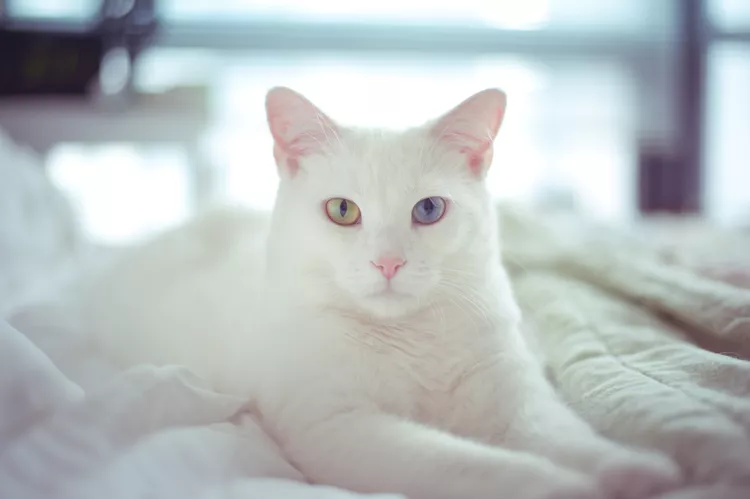
100+ White Cat Names
White cat names can pay homage to their wintry fur, like Snowflake or Frosty, but can also be playful, such as Marshmallow, or elegant, like Pearl.
117 Funny Cat Names That'll Make you Chuckle
The top funny names for cats play on your kitty's personality, size and shape, or general catitude.
15 Unique Male Cat Names
Instead of commonplace Tiger or Oscar, our list of unique male cat names will hopefully inspire you to pick something different.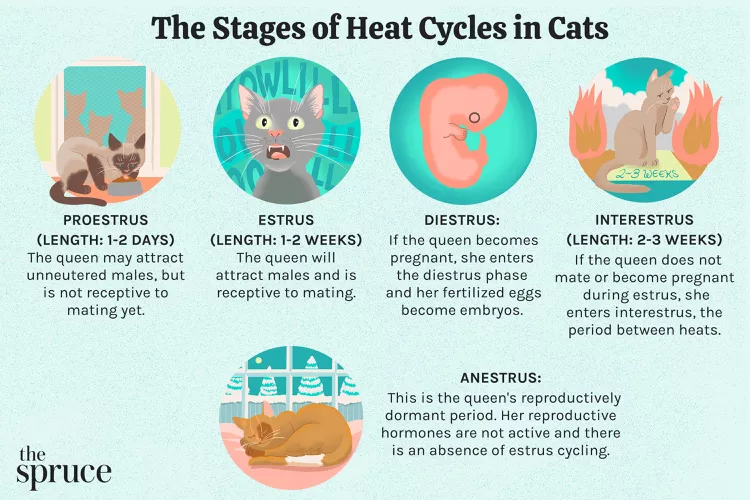
How Long Are Cats in Heat?
How long are cats in heat? Learn about the heat cycles of cats, also called estrus, as well as the reasons you should spay your cat.
Are Christmas Trees Poisonous to Cats and Dogs?
Many people worry about their pets knocking over the Christmas tree, but what happens when they chew on it? Learn if Christmas trees are toxic to pets.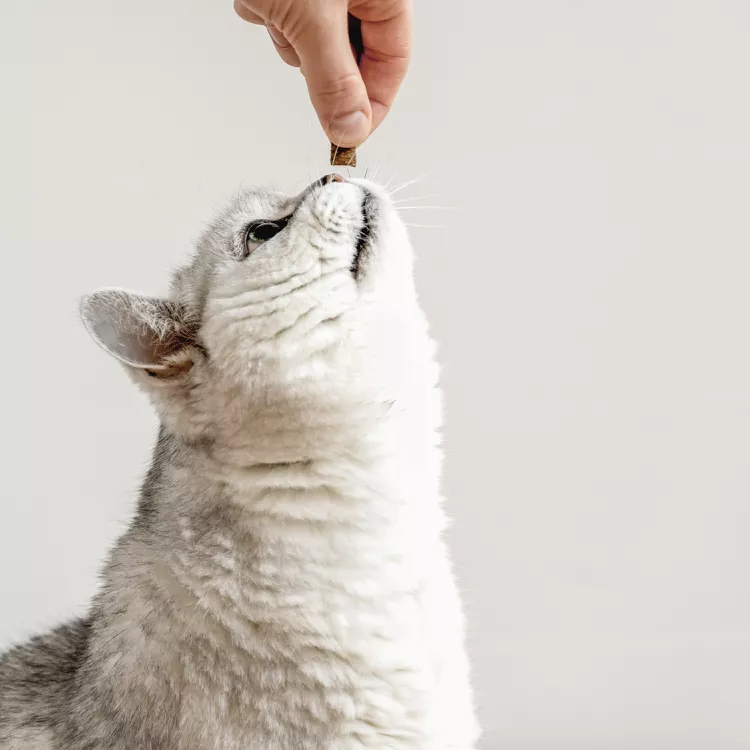
Can Cats Eat Peanut Butter?
Peanut butter is not toxic to cats, but it might not be the best choice of treat for them.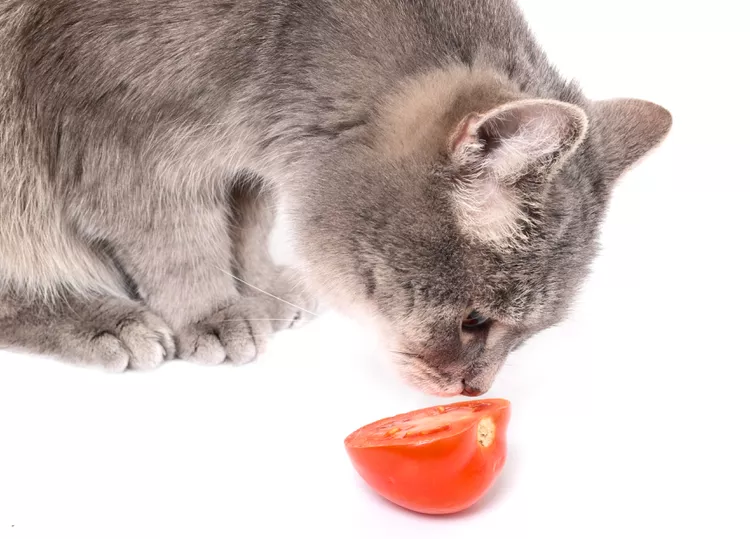
Can Cats Eat Tomatoes?
Tomatoes are a healthy snack for humans but should mostly be avoided for our feline friends.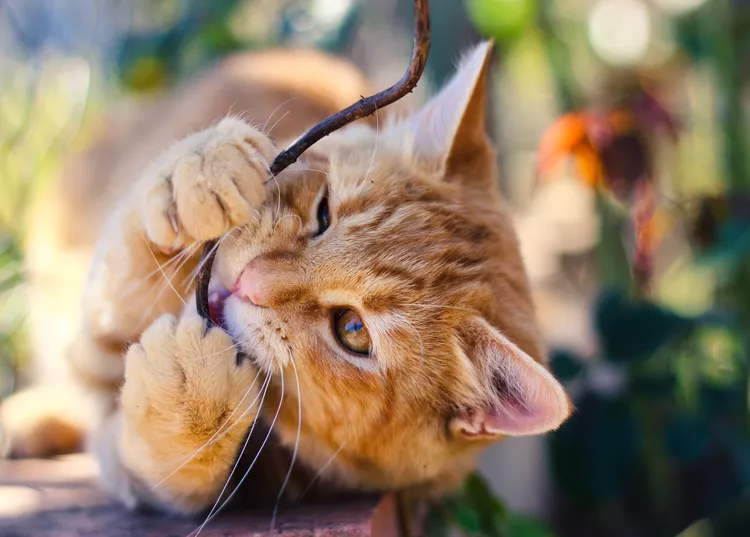
How to Stop Destructive Chewing in Cats
Cats are known to chew on objects such as shoes, furniture, and cords. Learn how to stop this behavior to keep your cat (and household objects) safe.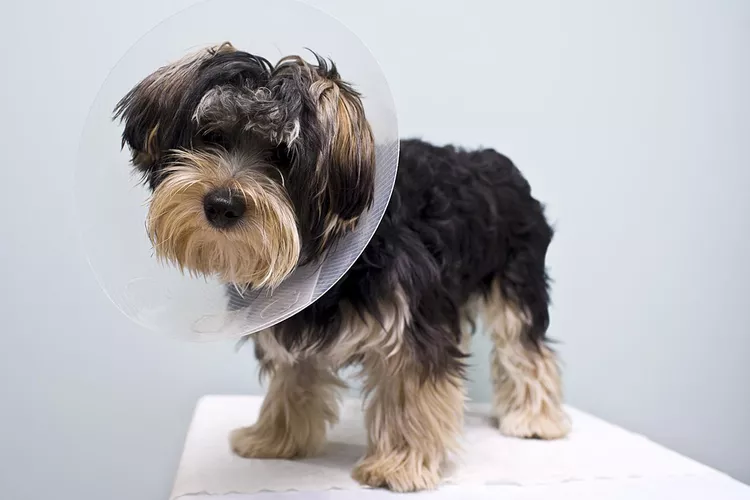
Neutering Your Dog Explained
What does it mean to neuter a dog? Learn about neutering or castration in dogs and why it is done. Find out what to expect when your dog is neutered.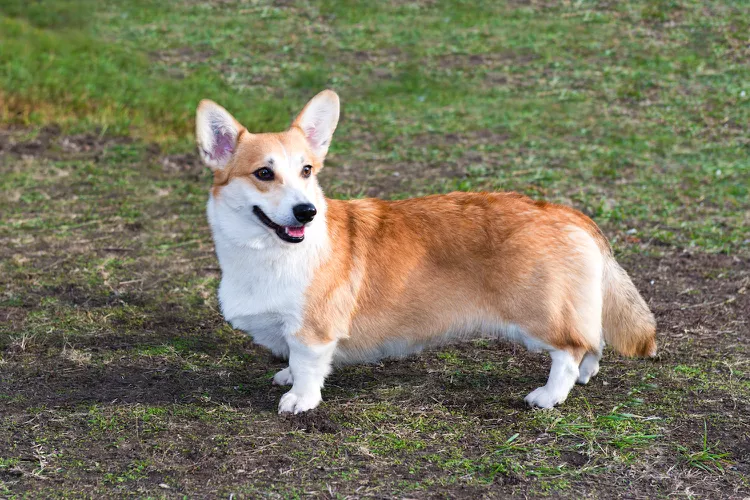
Cardigan Welsh Corgi: Dog Breed Characteristics & Care
Learn all about the Cardigan Welsh Corgi, a unique-looking dog breed known for its larger-than-life personality and complete devotion to its family.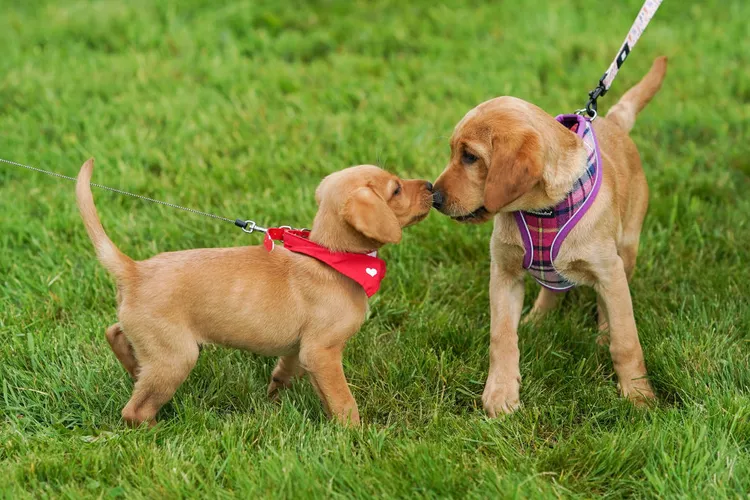
Littermate Syndrome in Dogs
Dogs that grew up together as littermates may have conflicts when they live together as adults. Here's everything you need to know about littermate syndrome in dogs.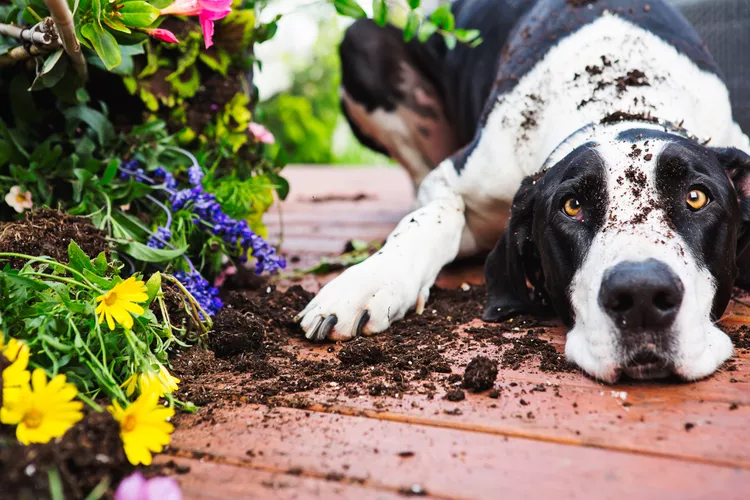
Why Do Dogs Eat Dirt?
Some dogs eat some strange things. What does it mean if your dog eats dirt and when should you be concerned?
Everything You Need to Know About Raising Your First Cat
Whether you are thinking about getting a cat or just adopted your first one, these are the things to know to make your relationship a lasting one.
8 Ways To Help Your Cat Lose Weight
Cats who are at a healthy weight are happier, more agile, and tend to live longer. Here are 8 tips for managing a cat weight loss programme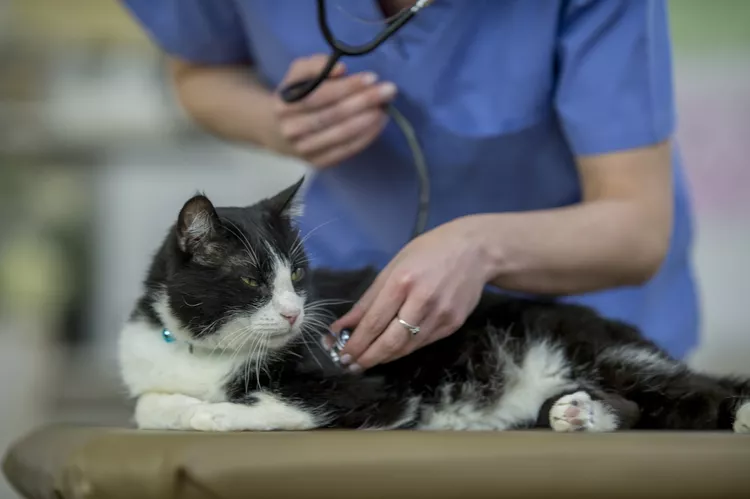
Heart Disease in Cats
Like humans, cats can get heart diseases that may lead to serious problems. Learn all about symptoms along with the causes, treatment, and prevention.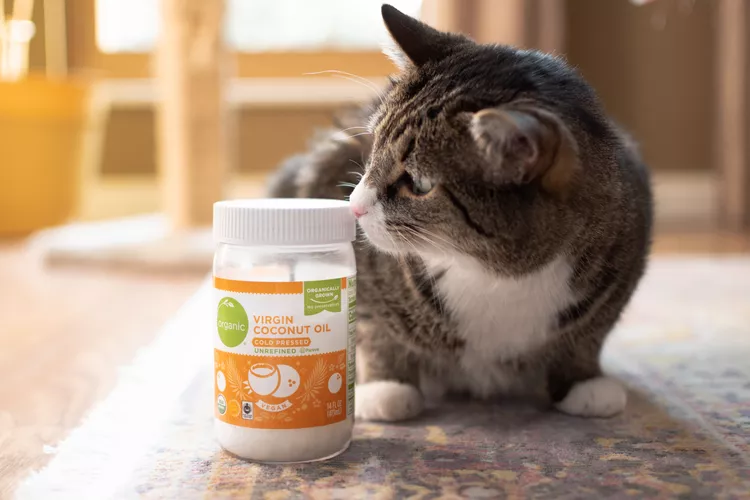
Is Coconut Oil Safe for Cats?
Coconut oil is touted as a miracle food. Can coconut oil improve your cat's health? Is coconut oil even safe for cats?
Why Do Cats Stare at Walls?
Cats can have some quirky behaviors, including staring at walls. Why do cats do this and when should you be concerned?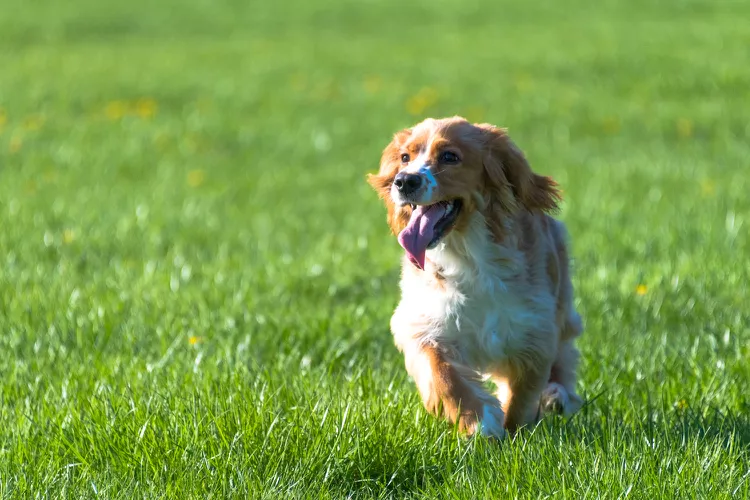
Patellar Luxation in Dogs
If your dog has a knee that seems to pop out of place, it may have a patellar luxation. Find out what this means and what can be done about it.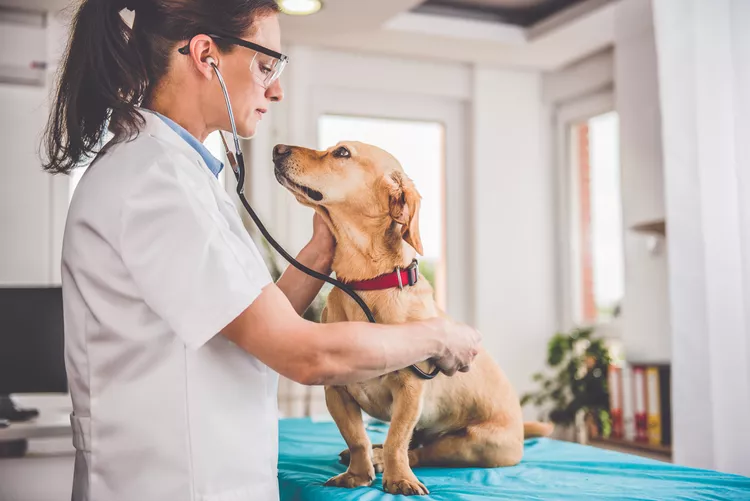
13 Signs of Cancer in Dogs
The signs of cancer in dogs may include lumps and bumps, lethargy, vomiting, diarrhea, pain, abdominal swelling, and more. Signs may be mild or obvious depending on the type of cancer and its severity. Learn common signs of cancer in dogs so you’ll know when to call the vet.
Ear Mites in Puppies and Dogs
Ear mites can be a big discomfort for puppies and dogs. Learn about the causes, treatment, and prevention to keep mites away from your pets.